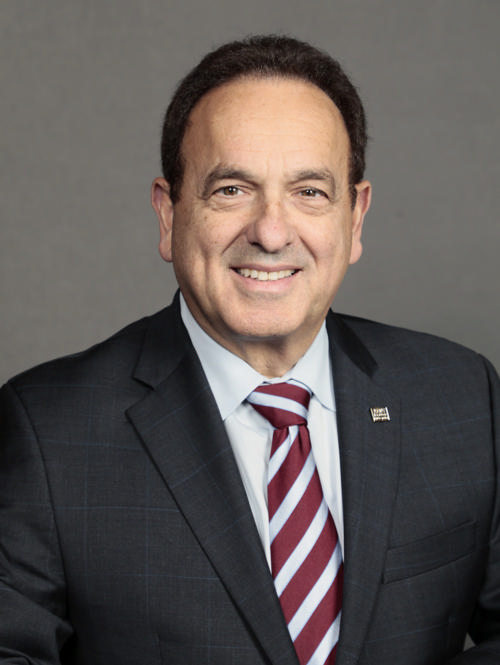Former ABR Board President Ready to Take on RSNA Role
For the first time in almost a decade, the Radiological Society of North America (RSNA) has a radiation oncologist as its president. The organization’s leader is usually a diagnostic radiologist, the primary specialty that comprises RSNA’s membership.
Bruce Haffty, MD, plans to use his experience in radiation oncology as a springboard in his new role. An RSNA Board member since 2014, Dr. Haffty knows that partnerships across radiology improve patient outcomes and build a stronger link between physicians and physicists.

“As radiation oncologists, we are obviously very dependent on imaging, which has become an even more critical tool as we look at sophisticated image-guided therapy, stereotactic treatment, molecular imaging, and other novel imaging modalities that impact how we deliver radiation,” he said.
Dr. Haffty is associate vice chancellor, Cancer Programs, at Rutgers Biomedical and Health Sciences. He serves as professor and chairman in the Department of Radiation Oncology at Rutgers Robert Wood Johnson Medical School, Rutgers Cancer Institute of New Jersey, and Rutgers New Jersey Medical School.
He starts his presidency in a time of guarded optimism. RSNA presidents have typically traveled the world on behalf of the organization, but the global pandemic canceled those plans the past two years. Now, vaccines are readily available in many parts of the world, opening the chance for some normal activities to resume.
“COVID has changed everything to virtual, but I am hopeful this year that some of these meetings will be in person,” Dr. Haffty said. “The presidents from 2020 and 2021 had only virtual meetings. Nonetheless, both years were successful as we adapted to the situation as best we could and have learned lessons along the way.”
Like this year’s meeting, the 2022 annual meeting is scheduled to be a hybrid for in-person and virtual attendees. Dr. Haffty has chosen the theme “Empowering Our Patients and Partners in Care.”
“Using his experience as a radiation oncologist, Dr. Haffty hopes that the meeting can help attendees look at imaging through the lens of a patient or clinical partner,” said Mary Mahoney, MD, the outgoing RSNA president. “By doing so, radiologists can better communicate their value, ensure the best treatment for patients, and serve on and lead multidisciplinary teams effectively.”
A former ABR Board President, Dr. Haffty is aware of the value of certification. The ABR and RSNA play complementary roles in the lives of physicians and physicists, so much so that annual meeting sessions include discussions about Continuing Certification (formerly known as Maintenance of Certification).
“RSNA and the ABR have always had a close and collaborative relationship,” he said. “Education, which includes sessions and materials directly related to clinical practice and the ABR’s mission, are a major component of the meeting. The research and educational programs also directly relate to ABR certified radiologists, radiation oncologists, and physicists keeping up to date and Maintenance of Certification. Our missions are directly aligned and our partnership is critical to the success of both organizations.”
Aside from the annual meeting, Dr. Haffty plans to reach beyond radiology and medical physics to promote RSNA.
“In addition to promoting the value of imaging and radiology to our patients and partners in the delivery of care, I hope to increase awareness of RSNA to other medical specialty societies outside of radiology,” he said. “RSNA’s mission in education and research has succeeded and contributed significantly to moving the field forward, and I want that message to be heard by other major medical societies and specialties.”





